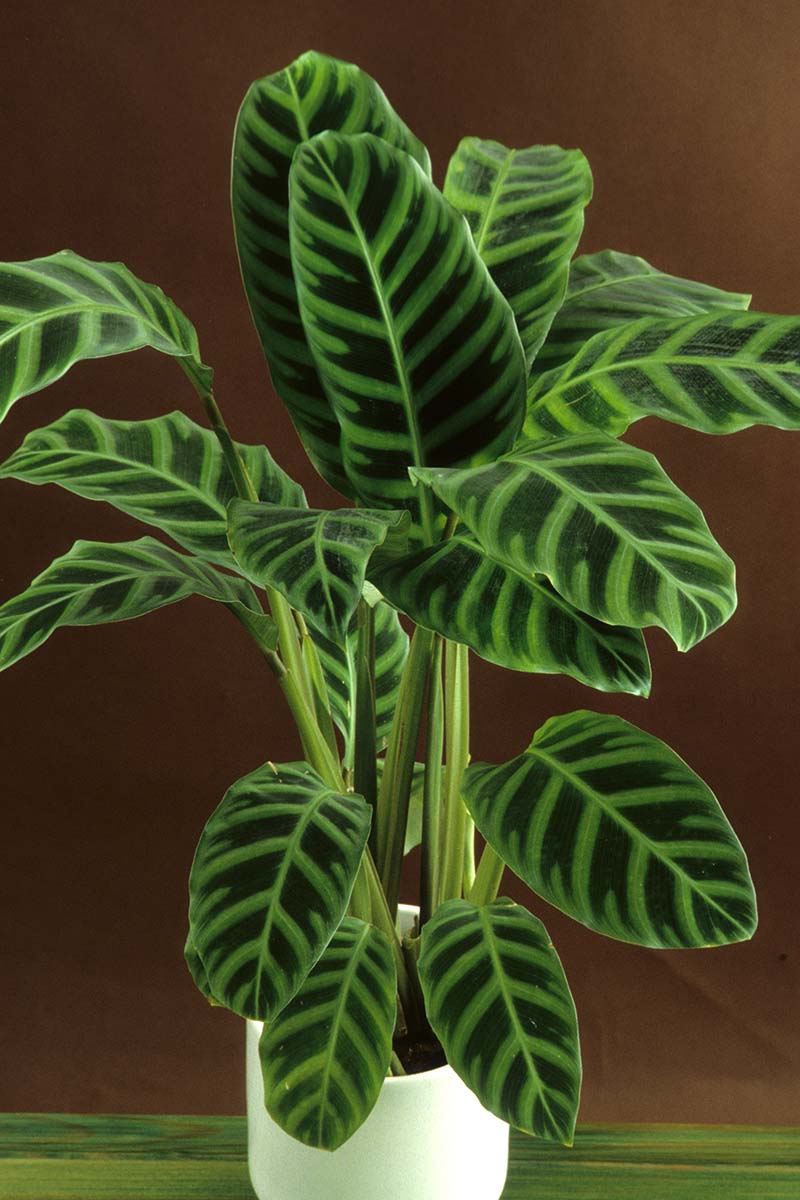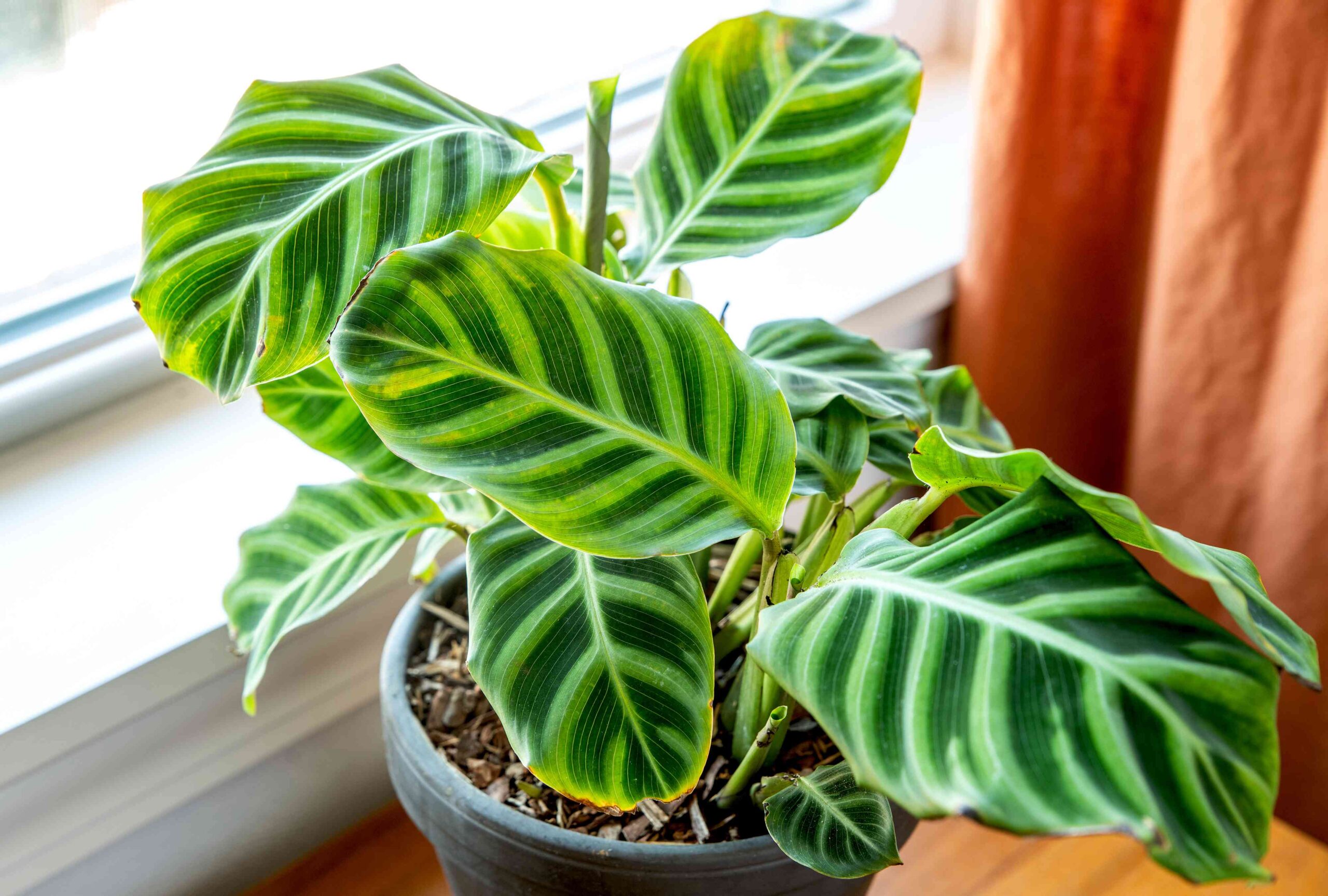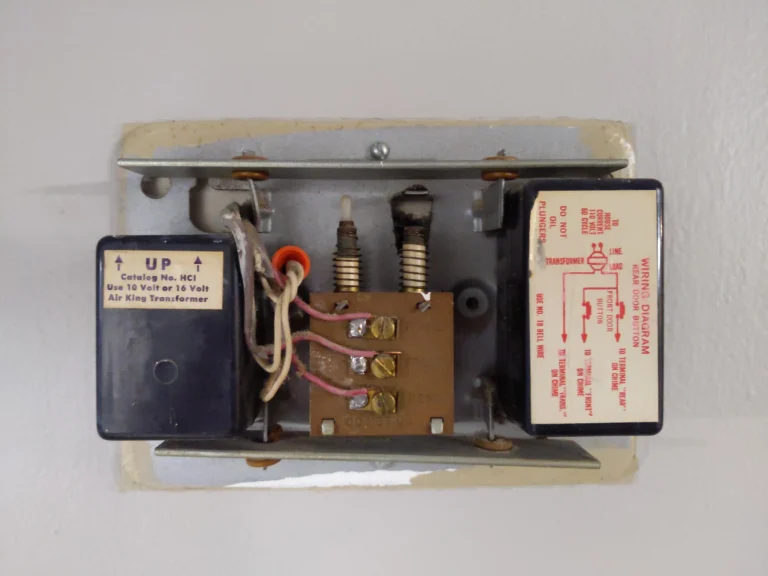Are Calathea Zebrina Hard To Grow?
Calathea zebrina is a popular houseplant due to its striking foliage. It is native to Brazil and is known for its deep green leaves with white stripes and purple undersides. While Calathea zebrina is relatively easy to care for, it can be difficult to keep healthy and thriving. It’s important to provide the right conditions for this plant, such as high humidity and indirect light. Additionally, regular watering and fertilization are essential. With the right care, Calathea zebrina can add a beautiful, exotic touch to your home.
Overview of Calathea Zebrina
Calathea zebrina is a stunning tropical plant that is native to the tropical regions of South and Central America. The plant’s foliage is a striking mixture of green and white stripes, giving it a zebra-like appearance. It is also known for its tall and slender stems and large, oval-shaped leaves. While this plant is a popular choice for many gardeners, it can be a bit tricky to grow.
The key to growing a healthy calathea zebrina is to provide the right conditions. This plant loves humidity and moisture, so it is important to provide frequent misting, especially during the warmer summer months. Additionally, it is best to place the plant in a spot with bright, indirect light. Too much direct sunlight can cause the leaves to burn, so it is important to choose a spot that is out of direct sunlight.
It is also important to remember that Calathea zebrina is a tropical plant, so it needs to be nurtured with regular fertilizers and careful watering. The soil should be constantly kept damp, but not soggy. An excess of water can cause root rot, so it is important to be mindful of the moisture levels.
Overall, calathea zebrina is not a difficult plant to grow, as long as the right conditions are provided. With the right care and attention, this plant can bring both beauty and life to any space.
Benefits of Growing Calathea Zebrina
Calathea Zebrina, a species of the Marantaceae family, is one of the most popular plants to add to your home, and for good reason. Not only is it beautiful and easy to care for, but it also offers several benefits when it comes to growing it. Here are some of the reasons why Calathea Zebrina is a great choice for your home.
First, Calathea Zebrina is said to be one of the best air-purifying plants. The plant can absorb toxins from the air, helping to make the air in your home healthier and cleaner. It also helps to reduce levels of humidity, making it perfect for hot and humid climates.
Second, Calathea Zebrina is also known for its ability to improve the overall look of your home. Its bright green leaves and striped pattern will add a pop of color to any room, making it an attractive addition to any space.
Finally, Calathea Zebrina is also known for being a low-maintenance plant. It needs only occasional watering and minimal light, making it easy to care for. So, if you’re looking for a plant that won’t require too much effort, Calathea Zebrina is a great choice.
Overall, Calathea Zebrina is a great addition to any home. It is easy to care for, air-purifying, and aesthetically pleasing. So, if you’re looking for a plant to add to your home, Calathea Zebrina is worth considering.
Challenges of Growing Calathea Zebrina
One of the most popular houseplants out there is the Calathea Zebrina. With its striking green and white striped foliage, it’s easy to see why it’s such a sought-after plant. However, many gardeners find growing it to be a challenge.
Calathea Zebrina is a tropical plant that thrives in warm, humid conditions. It needs bright but indirect sunlight and should be planted in soil that is moist but never soggy. The soil should also be rich in organic matter. A lack of proper soil and lighting can create stunted growth or wilting of the leaves.
The Calathea Zebrina is also sensitive to water. Over-watering can cause the plant to yellow or rot. On the other hand, under-watering can lead to dry, crispy leaves. A good rule of thumb is to keep the soil moist but not soggy and water the plant when the top inch of soil is dry.
Finally, the Calathea Zebrina is susceptible to pests and diseases. Keeping the plant away from drafts and checking for signs of pests regularly can help keep it healthy.
Overall, the Calathea Zebrina is a beautiful and popular houseplant, but it takes some work to keep it thriving. With proper soil, lighting, and watering, as well as pest and disease control, you can successfully grow this gorgeous plant.
Soil Requirements for Calathea Zebrina
Calathea zebrina is a stunning tropical-looking houseplant that is quite easy to maintain given the right environment. When it comes to soil, this plant needs something that drains quickly and contains no added fertilizer. Calathea zebrina prefers soil with a high humus content and reaches its best growth in soil that is acidic and slightly moist. It should also contain some organic matter, such as compost or peat moss, to help keep the soil moist and provide additional nutrients. The soil should also be well-aerated so that the roots have plenty of oxygen. Choosing the right soil for your Calathea zebrina is essential for its longevity and health.

Water Requirements for Calathea Zebrina
Calathea zebrina is a unique and beautiful houseplant. While it may look beautiful and is relatively easy to care for, it does require a certain level of attention and consistent watering to ensure it stays healthy. Watering is particularly important for Calathea zebrina since it is a tropical plant, which means it needs a lot of moisture to survive. To keep the plant happy and healthy, it’s important to understand its water needs.
Calathea zebrina needs to be kept consistently moist, but not soggy. The best way to water it is to use lukewarm water and to water it until the water comes out the bottom of the pot. This will ensure that the soil gets evenly moist and that it doesn’t become too dry. It’s important to make sure that the soil isn’t too wet, which can cause root rot. The soil should be allowed to slightly dry out in between waterings. It’s also important to make sure that the plant is in a pot with drainage holes to help prevent overwatering.
Calathea zebrina should also be misted regularly. Misting can help to keep the plant hydrated, as well as keep the leaves looking vibrant and healthy. It’s important to mist the plant every couple of days, or at least once a week.
By following these watering tips, you can ensure that your Calathea zebrina stays healthy and happy. With the right care, you can enjoy the beauty of this unique and beautiful houseplant for years to come.
Light Requirements for Calathea Zebrina
Calathea Zebrina, or Zebra plant, is an incredible tropical plant with beautiful foliage, and it’s certainly no surprise that they are so popular. But while they may make for a stunning addition to any home or office, they are not necessarily the easiest of plants to care for. One of the most important things to consider when it comes to Calathea Zebrina is its light requirements.
Calathea Zebrina requires bright, indirect light and hates direct sunlight as it can burn their leaves and cause discoloration. To achieve the best light conditions for them, place them a few feet away from an east-facing window and provide some sheer curtains or blinds to filter the light. Being a tropical plant, Calathea Zebrina also appreciates the added humidity from a good misting, but make sure that you don’t overdo it as this can cause root rot.
Knowing the right light conditions for a Calathea Zebrina is key if you want to grow this beautiful indoor plant. However, with the right knowledge and a little bit of TLC, you can certainly create a healthy and happy environment for your Zebra plant to thrive in.
Fertilizer Requirements for Calathea Zebrina
Calathea Zebrina is a popular houseplant known for its beautiful, striped leaves. But, like any other plant, it requires regular fertilization to thrive. The type and frequency of fertilizer you choose for your Calathea Zebrina will depend on the age of the plant and the light and humidity it receives.
Younger plants should be fertilized more often than mature plants, as they are still growing and need more nutrients. It’s best to use a balanced, slow-release fertilizer with an N-P-K ratio of 20-20-20 or something similar. This will provide the plant with the nutrients it needs without overfeeding.
When fertilizing your Calathea Zebrina, it’s important to remember that too much fertilizer can cause the burning of the leaves. You should not fertilize more than once a month, and only during the growing season (spring to fall). When applying fertilizer, make sure to water the soil thoroughly before and after applying the fertilizer to help prevent nutrient burn.
In addition to fertilizing, Calathea Zebrina also needs plenty of indirect light, humidity, and regular watering. With the right care, this attractive houseplant can be a beautiful addition to any home.
Troubleshooting Common Issues with Calathea Zebrina
Calathea zebrina is a beautiful houseplant that offers low-maintenance care and high-impact foliage. With its striking zebra-striped leaves, it is an eye-catching addition to any home. While they are generally an easy plant to care for, there are a few common issues related to growing Calathea zebrina. Poor growing conditions, improper watering, and pests can all be troublesome for Calathea zebrina, so it’s important to be aware of these potential issues and take steps to prevent them.
When it comes to water needs, Calathea zebrina prefers to be kept consistently moist. Make sure to water your plant regularly, and avoid allowing the soil to dry out completely. Too much water can be just as bad; if the soil becomes overly soggy, it can cause root rot. Proper drainage is a must with Calathea zebrina, so make sure to use a pot with a drainage hole and a well-draining potting mix.
Another issue to watch out for is pests. Calathea zebrina is susceptible to a variety of pests, including mealybugs, spider mites, and scale. Inspect your plant regularly and take action if you see any pests. Also, make sure to provide your plant with adequate air circulation and humidity, as these can help prevent pests from taking hold.
Finally, keep in mind that Calathea zebrina is a tropical plant, so it prefers warm temperatures and bright, indirect light. Avoid placing your plant in direct sunlight, as this can cause the leaves to scorch. With the right care, though, Calathea zebrina can be a rewarding houseplant to grow.
FAQs About the Are Calathea Zebrina Hard To Grow?
1. What kind of environment is best for Calathea Zebrina?
Calathea Zebrina prefers warm, humid environments that receive indirect bright light. It is important to keep the soil consistently moist but not wet and to mist the leaves regularly to maintain humidity.
2. How often should I water my Calathea Zebrina?
Calathea Zebrina should be watered when the top inch of soil is dry. Water the soil thoroughly until it is evenly moist and then discard any excess water.
3. How do I know if my Calathea Zebrina is getting enough light?
Your Calathea Zebrina should be positioned in an area that receives indirect bright light. If the leaves are curling or fading, it may be getting too much light. If the leaves are drooping, it may not be getting enough light.
Conclusion
While Calathea Zebrina are not the easiest plants to grow, they are not overly difficult either. With the right conditions, regular maintenance, and proper care, Calathea Zebrina can thrive in your home.





